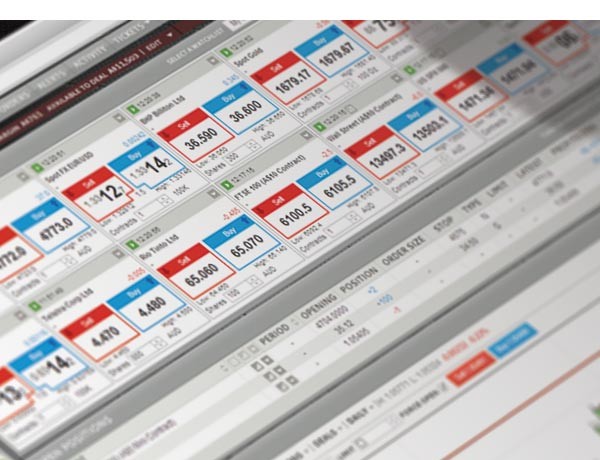CFD Trading School Introduction to CFDs
Post on: 20 Апрель, 2015 No Comment

CFDs are one of the most widely traded instruments in the UK and European markets, increasing in popularity as traders worldwide become more familiar with what they are and how they can be used as part of a wider trading portfolio. Traded largely off-exchange, i.e. through a broker rather than on a stock exchange, CFDs provide inbuilt leverage for traders looking to ramp up earnings, and provide a more flexible tool for investing on the strength (or weakness) of long-term asset or index performance.
‘CFD’ stands for ‘contract for difference’, which means positions are effectively contracts with the broker instead of an acquisition of an asset. This is key as far as the tax treatment of contracts for difference is concerned, and gives rise to a number of the fundamental characteristics that make CFDs unique.
Unlike trading in shares, investing in contracts for difference doesn’t provide the trader with any direct, tangible asset, but rather is a contract similar in nature to futures which allows the trader to buy or sell an asset for the difference in spot price at some future point — the idea being that the trader opens the CFD when a security is likely to rise or fall in future, only to close the position at that future date and lock in a profit (or loss) accordingly.
The CFD can be closed at any point, and has a variable price relative to the underlying stock to which it pertains. In fact, depending on the exact type of broker you’re trading with, the price of the CFDs on offer may in fact directly track the underlying market price, with the broker effecting your contracts on the underlying market as a hedge against the risk of the broker’s liability for successful trades.
So, where a CFD on Company X shares is priced at Ј1, it’s value might rise to Ј1.50 where projections take on a more favourable outlook for the future, and the trader can close his open position at any time to lock in any profit from the difference between the current price and the price of the contract for difference.
This provides several key advantages over trading the underlying shares, including the ability to trade on margins which allows highly leveraged trading positions, and allows traders to see the benefits of dividend payments and company announcements without the tax drawbacks (not to mention the cash-flow implications) of actually buying the underlying securities.
CFDs are traditionally used by traders to capitalise on short term fluctuations, say over the course of a couple of days or weeks as most, where a trader can forecast either long or short positions as they deem appropriate. CFDs that tend to run longer very quickly become cost prohibitive as daily interest charges are applied, and the effect of this can be to render other profitable, far-sighted positions loss-making.
But CFDs are also a particularly useful tool for traders looking to hedge against corresponding positions, and even have practical benefits for commodities traders looking to profit from a rise (or fall) in the price of a given market.
For example, a wheat supplier might take a long CFD position on wheat, in the knowledge that wheat prices will likely rise. Whereas the wheat supplier might be tempted to load up on wheat at today’s prices, this might not be feasible for reasons of freshness and cash flow — not to mention the costs of storing and monitoring excessive stock. As an alternative, taking out a CFD position allows the trader to capitalise on the rise in wheat prices on a leveraged basis, naturally amplifying the earnings potential of the transaction and providing a cleaner, more cost effective way of profiting from the growth in wheat prices.
As a result of this hedging potential, CFDs have found their way into some of the world’s largest institutional investment portfolios and hedge funds, providing a high-yielding investment vehicle through which other investment decisions can be offset.
Contracts for difference have a range of functions, and it is a particularly nuanced product that requires both prudence to minimise risk exposure and a solid working knowledge of the market for CFDs, not to mention the nature of the instrument. Nevertheless, as part of a diversified trading portfolio, CFDs can prove an excellent addition to other forms of trading, and can provide any portfolio with the flexibility to hedge, leverage and reap a tax advantage over trading the assets to which the contracts relate.














